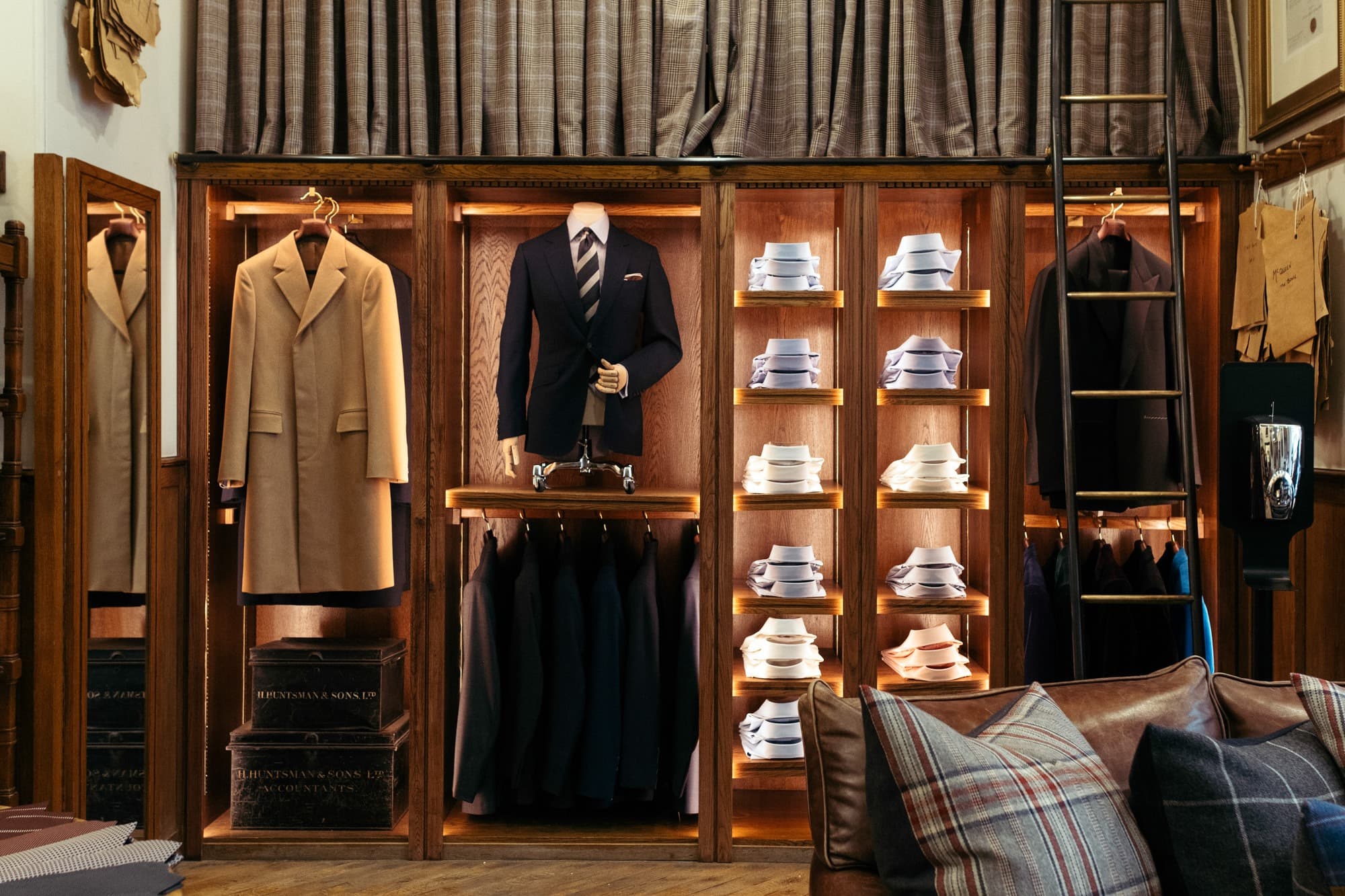
There are quite a few sayings about clothing. Some say that clothes make the man, or that you should dress to impress. To others, a suit is just a suit. And for anything you buy off the rack, that may well be the case. But when you opt to get a bespoke suit, one that has been measured to your exact dimensions and tailored specifically to your tastes, it’s not just a suit at all. It is a bona fide work of art. And if a bespoke tailor is an artist, then there is one place that may be considered the Louvre of gentleman’s couture, where only the finest works can be found - Savile Row.
Located in London’s very prestigious Mayfair district, Savile Row has been the home of bespoke tailoring for the past three centuries with a reputation that spans the globe. It is widely believed that the term ‘bespoke’ originated there, or at the least that is where it gained in popularity as customers ordered individualised suits that were considered ‘spoken for’.
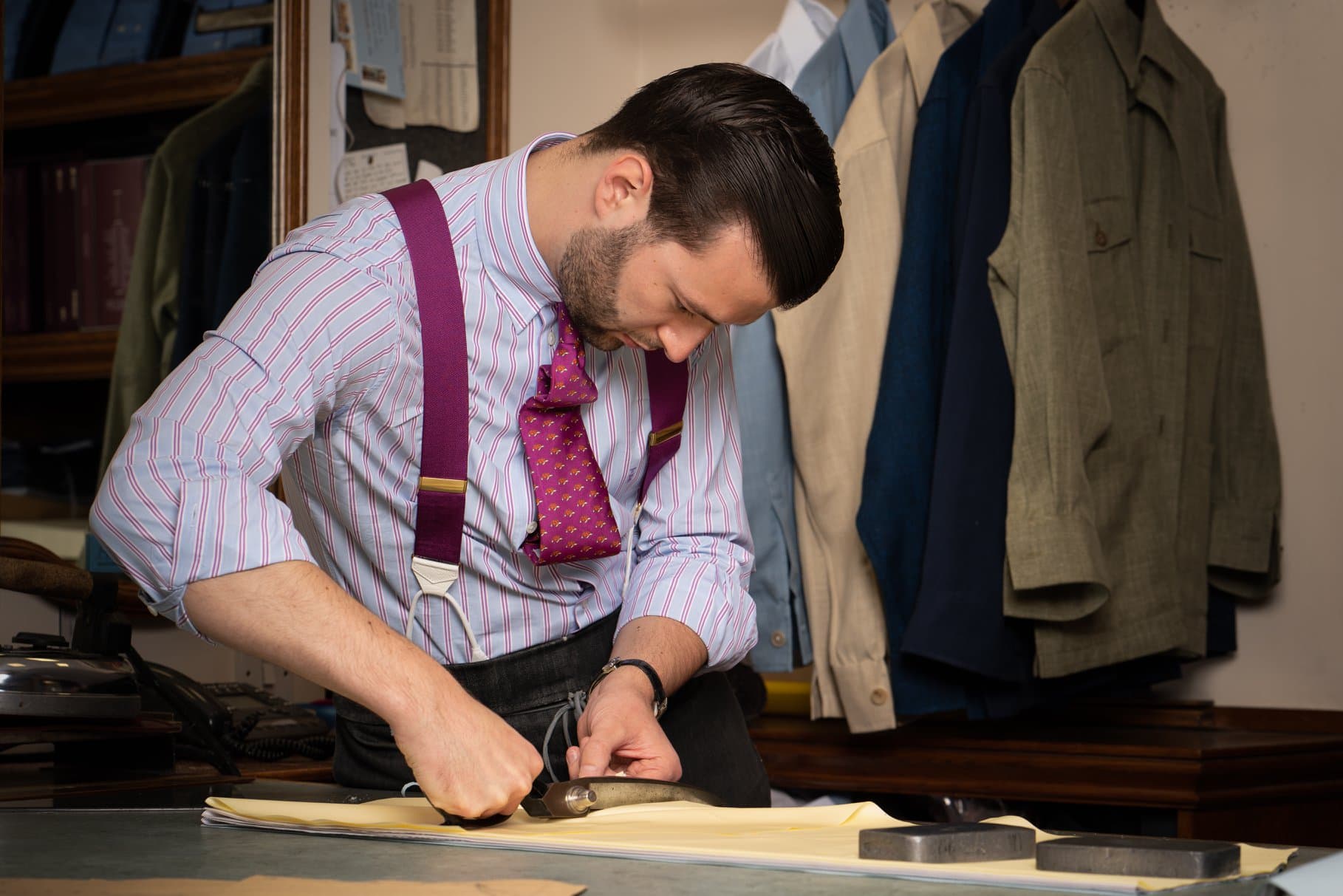
The Art of Bespoke
Nobody can say with absolute certainty when the word ‘bespoke’, which literally means ‘to speak for something’, first became associated with individually tailored garments, but it is generally agreed that Savile Row played a large part in that usage.
As traditionally used by the craftsmen of Savile Row, the term ‘bespoke tailoring’ refers to clothes that are measured for each individual client and then stitched by hand. While the tailoring old guard, such as Henry Poole & Co and Dege & Skinner, continue to produce suits through this method, technological advances have made the process quicker and easier for many of the younger generations of tailors.
In 2008, the Advertising Standards Authority ruled that ‘bespoke’ could be applied to any custom-made suit, regardless of whether it was cut by hand or machine-sewn using an existing pattern. Needless to say, traditionalists were not pleased.
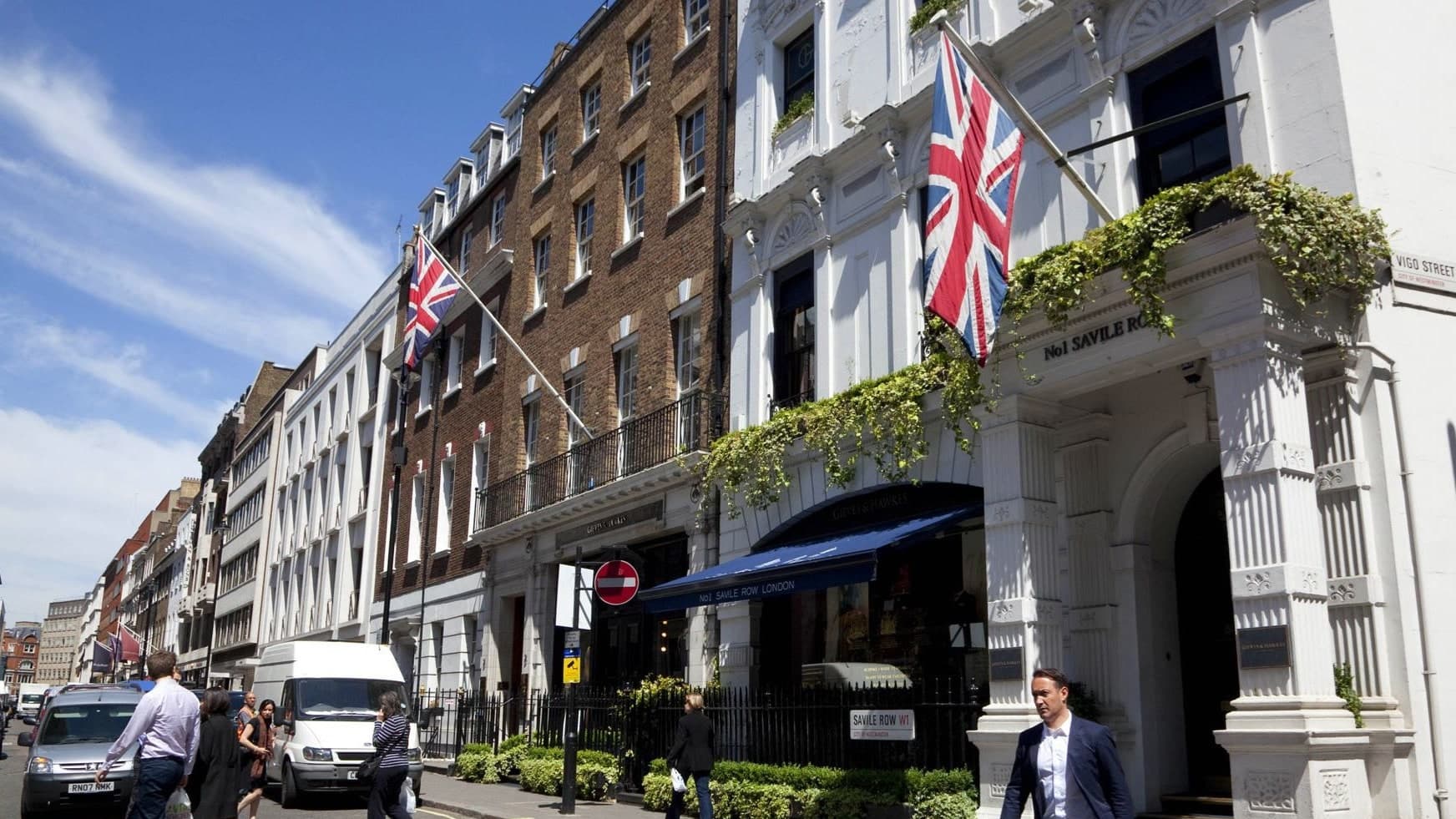
A Rich History
The street derives its name from Lady Dorothy Savile, the wife of the Earl of Burlington in the early 18th century. It was developed as part of the Burlington Estate and, under the original name of Savile Street, was the home of British aristocrats and notable political figures. Naturally, this led providers of luxury goods and services to set up shop around the area, with tailors starting to occupy neighbouring shops toward the end of the century. By the 1800’s, they were operating out of Savile Row itself, making it easier than ever for their high-profile clientele to reach them. This also cemented the Row’s status as the most fashionable address in the city and it wasn’t long before tailor shops became the dominant presence there.
Aside from members of high society, Savile Row also found dedicated clients among the British Royal Family, and several of the shops hold Royal Warrants of Appointment. Only a handful of the original shops that contributed to the growth of Savile Row still remain - some closed down or were bought out while others changed premises.
Savile Row has also attracted diverse and well-known tenants far removed from the world of tailoring. For nearly half a century, the Royal Geographical Society occupied the address 1 Savile Row and planned expeditions across several parts of the world, including the South Pole. The Beatles moved their corporate office, Apple Corps, there in 1968 and set up a basement studio that remained in operation until 1975.
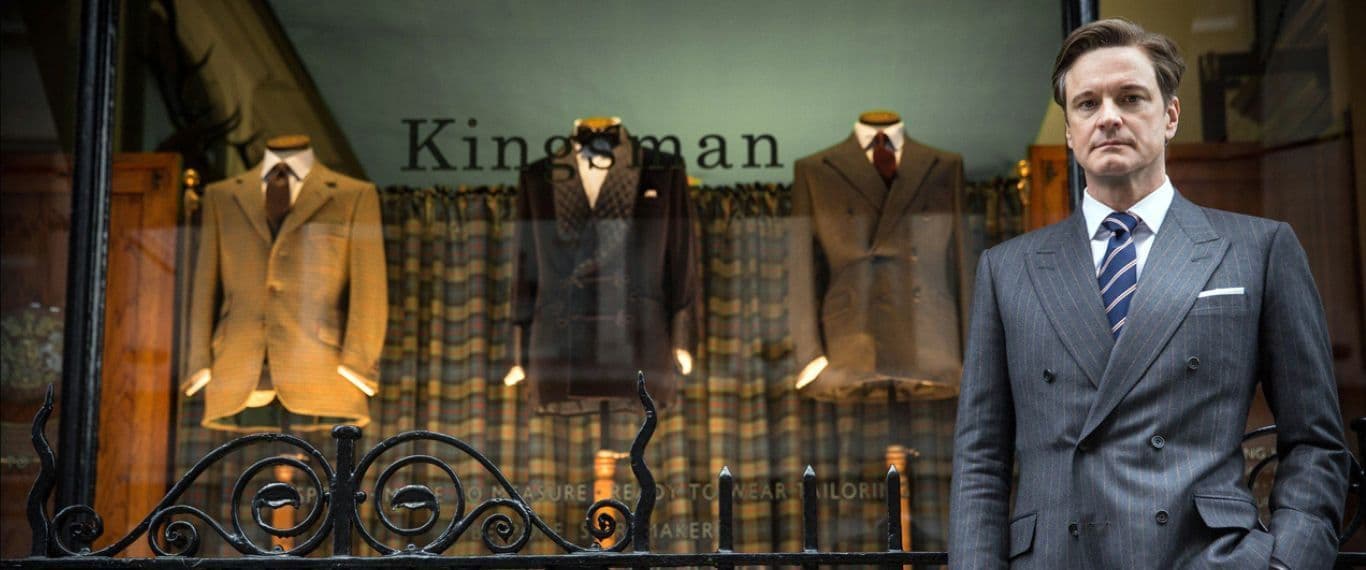
The Client List
Some of the most influential and recognisable figures in British history have graced the shops at Savile Row, many of them as frequent customers. During its early years, Dukes, Earls and MPs were a common sight, given that many of them lived on the Row itself at the time. Several shops hold Royal Warrants, making formal and ceremonial wear for the British Royal Family.
Other notable clients include Sir Winston Churchill, Lord and Lady Mountbatten, Princess Grace of Monaco, Ronald Reagan, plus members of royalty from the Netherlands, Oman, Spain, Sweden and India. Savile Row has also hosted many well-known celebrities, such as silver screen legend Clark Gable, Katharine Hepburn, Gregory Peck, Peter Sellers, Omar Sharif, Elizabeth Taylor, Bette Davis and Brad Pitt.


The Tailors
There are currently at least 21 tailor shops operating in Savile Row, opened up at various points along the street’s history. One of the oldest tenants, and the most highly regarded, is Henry Poole & Co. Often referred to as the ‘Founder of the Row’, Henry Poole & Co is the inventor of the dinner jacket, which became known as the tuxedo in the United States. Emphasising quality and craftsmanship over design fads, the entire process of making a suit can take up to 12 weeks, with each piece individually crafted by a specialist working under the guidance of a master tailor.
Other longstanding tailoring establishments include Dege & Skinner, Gieves & Hawkes, H. Huntsman and Sons (typically just known as Huntsman), and Kilgour & French. Each is known for a style that is quintessentially British, adopting a clean cut silhouette.


The 20th century brought Hardy Amies, Chester Barrie and Nutters of Savile Row, the latter of which is largely credited with bringing modernity to the famous tailoring street. Nutters was the first to set up open window displays and generate publicity for its shop, and dressed up some of the most notable icons of the 60’s and 70’s, including Mick Jagger, Elton John and the Beatles.
This paved the way for what became the ‘New Bespoke Movement’ in the 1990’s, which was led by newcomers Ozwald Boateng, Timothy Everest and Richard James. Their designs broke the traditional mold to create a more contemporary silhouette and bolder colors, in addition to other innovations such as bespoke active and fitness wear. There was also a stronger focus on publicity and advertising, window displays grew even more elaborate, and each of their respective brands expanded beyond the scope of Savile Row to reach a broader audience. In fact, Huntsman gained immense popularity earlier in the decade due to its presence in the Kingsman franchise.
This paved the way for what became the ‘New Bespoke Movement’ in the 1990’s, which was led by newcomers Ozwald Boateng, Timothy Everest and Richard James. Their designs broke the traditional mold to create a more contemporary silhouette and bolder colors, in addition to other innovations such as bespoke active and fitness wear. There was also a stronger focus on publicity and advertising, window displays grew even more elaborate, and each of their respective brands expanded beyond the scope of Savile Row to reach a broader audience. In fact, Huntsman gained immense popularity earlier in the decade due to its presence in the Kingsman franchise.
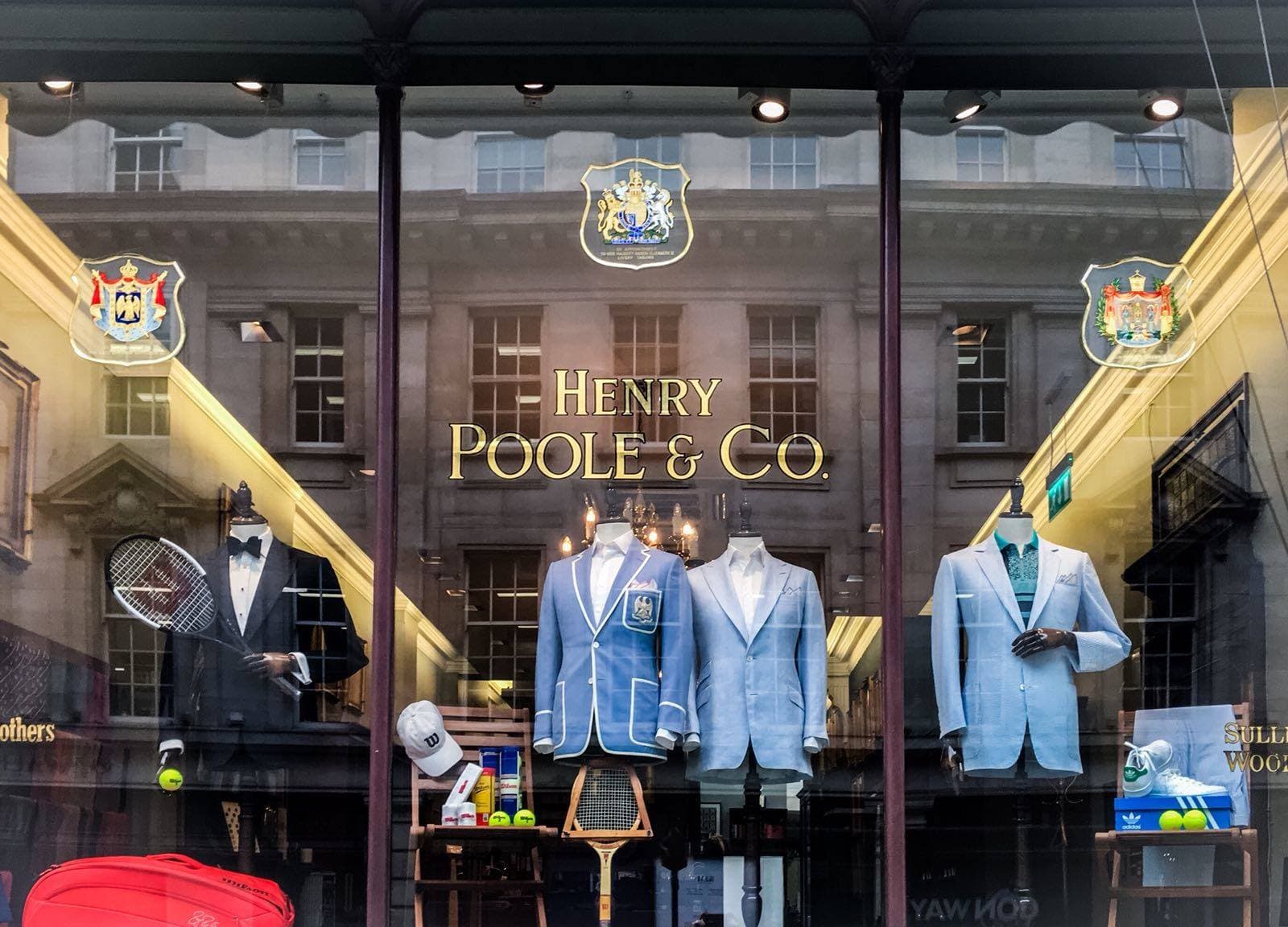
Future of Savile Row
At present, only two of the tailoring businesses on Savile Row are still family-owned, and very few deal exclusively in handmade custom suits. Bespoke tailoring has been on a somewhat bumpy road over the past decade or so. On the one hand, It has been argued that the concept is perhaps a bit outdated in today’s world, where instant gratification is the order of the day. Yet while mass appeal is crucial to the survival of any business, the quality and prestige associated with individually cut and crafted suits remains unmatched.
But it doesn’t matter what form Savile Row takes in the future, whether it returns to its purely bespoke roots or pushes for a more ready-to-wear model across the board. The street has become an institution in itself and will forever be associated with the very best in high-end fashion.
All clothing and tailoring images courtesy of Henry Poole & Co, Huntsman and Maurice Sedwell. Savile Row exterior images courtesy of GQ UK.
Related Blogs: